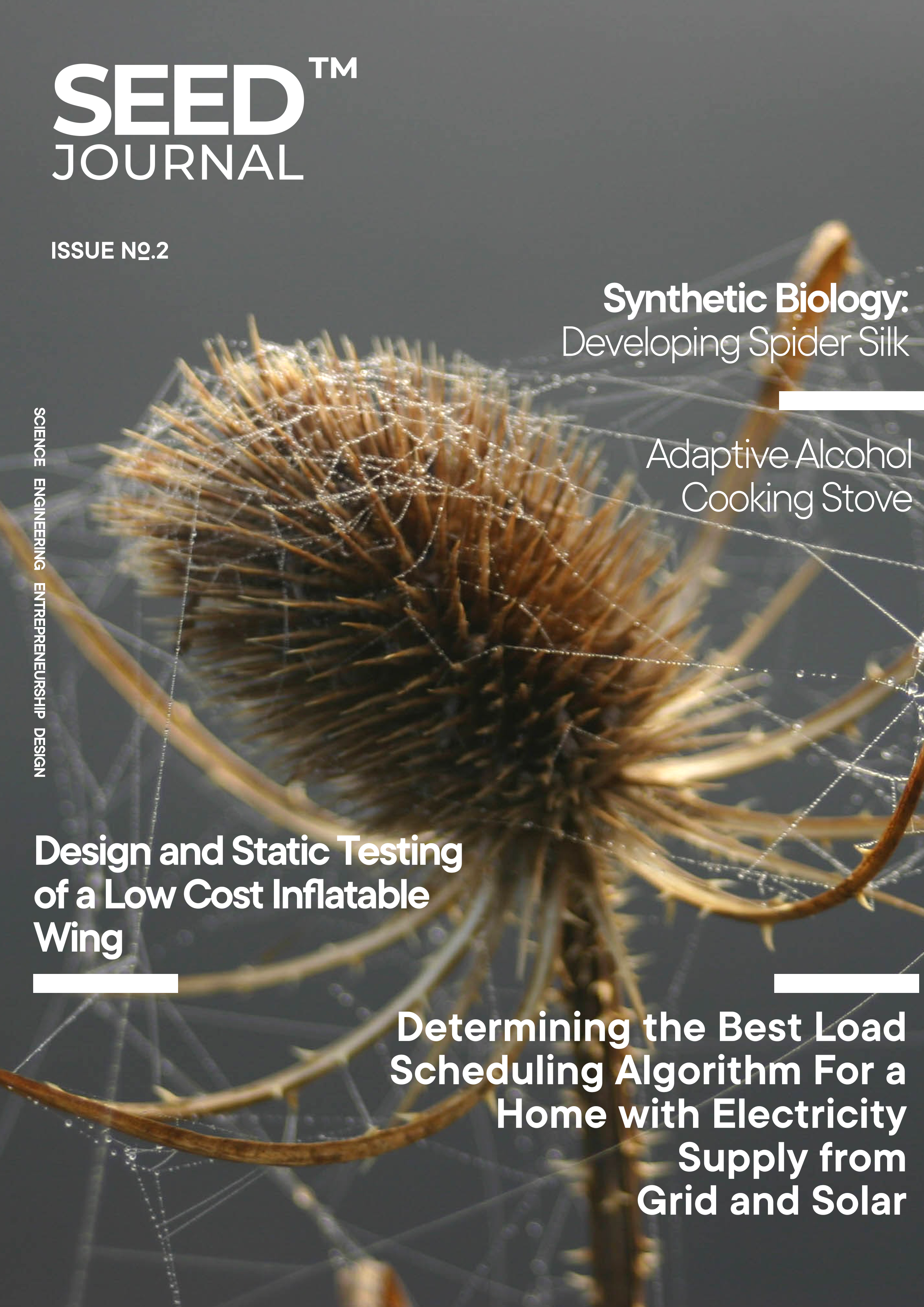Adaptive Alcohol Cooking Stove
The concept of the alcohol stove was birthed from the idea of burning pure organic compounds. The growing popularity of the can-alcohol stove has made the idea attractive. Most people today use it when camping, to heat food, and to cook as well. The alcoholic fuel must have a substantial alcohol percentage of about 70% and above before it can be used as fuel. This property makes rubbing alcohol (methylated spirit) suitable for the stove.
Authors| M. Boateng, G. Arthur, N. Oppong, R. Tawiah, E. Nzau
